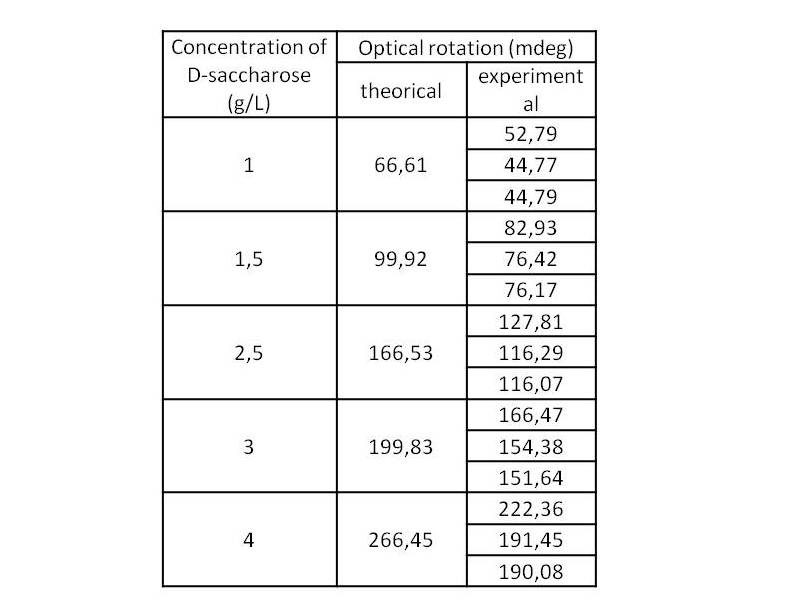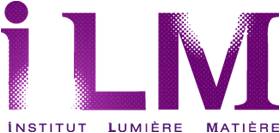|
Introduction
The team which welcomed me realizes and studies chiral waveguides. During their manufacturing, samples must be annealed. The aim of this study is to see if the annealing time affects the chirality of the films by optical rotation measurements.
Optical rotation is the turning of the plane of linearly polarized light about the direction of motion as the light travels through certain materials. It is used for example in the sugar industry to measure syrup concentration, in optics to manipulate polarization or in chemistry to characterize substances.
As the Beer-Lambert law describes the dependence of the absorption versus the material parameters, the optical rotation is related to the concentration and the length by α=[α]∙C ∙L. Thus, this technique can be used to determine the sample’s concentration or thickness.
Experimental conditions
First, the set-up was calibrated with standard solution of D-saccharose.standard solution of D-saccharose
Then, used samples were made by the dip-coating method. The optical rotation of a sample was measured before and after annealing at 120°C during 100 hours (Fig. 2A). The optical rotation of three samples which were prepared by the same solution was measured (Fig. 2B).
Results
The spectra for the sample before annealing and after 100 hours at 120°C do not show any difference. It means that the annealing does not degrade the molecules. Thus, [α] is not affected by the annealing procedure (Fig. 2A).standard solution of D-saccharose
Moreover, the spectra for the three other samples were the same proved that the dip-coating method had a good repeatability (Fig. 2B).
Conclusion
The dip-coating method is repeatable at 6.3%. Moreover, the annealing time does not affect film optical rotation. Therefore, the research team will be able to reduce the annealing time to 36 hours so samples will be properly solidified without taking too much time to manufacture.
|
|

Standard solution of D-saccharose

A. Optical rotation spectra of samples for annealing effect
B. Optical rotation spectra of samples for repeatability
|




